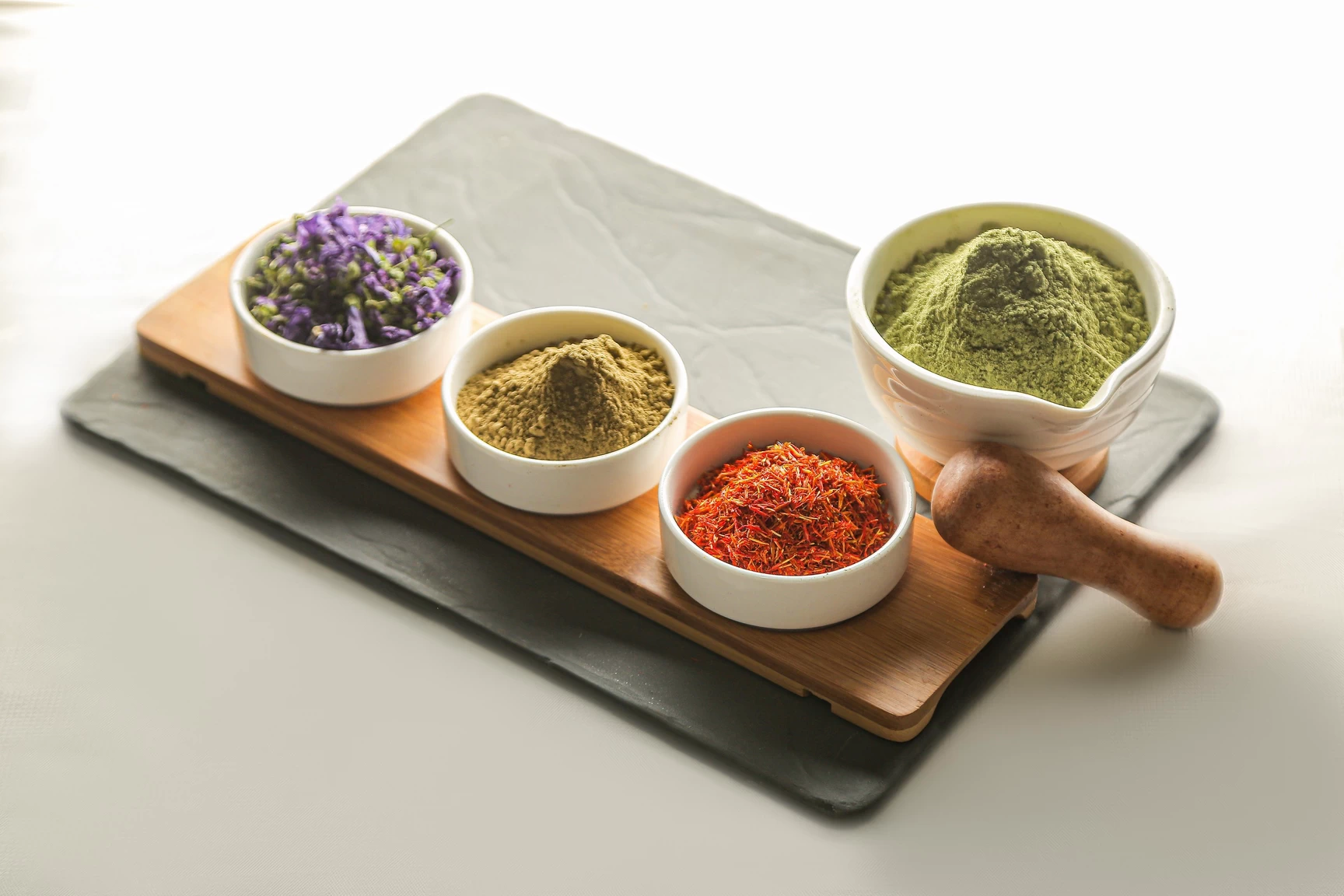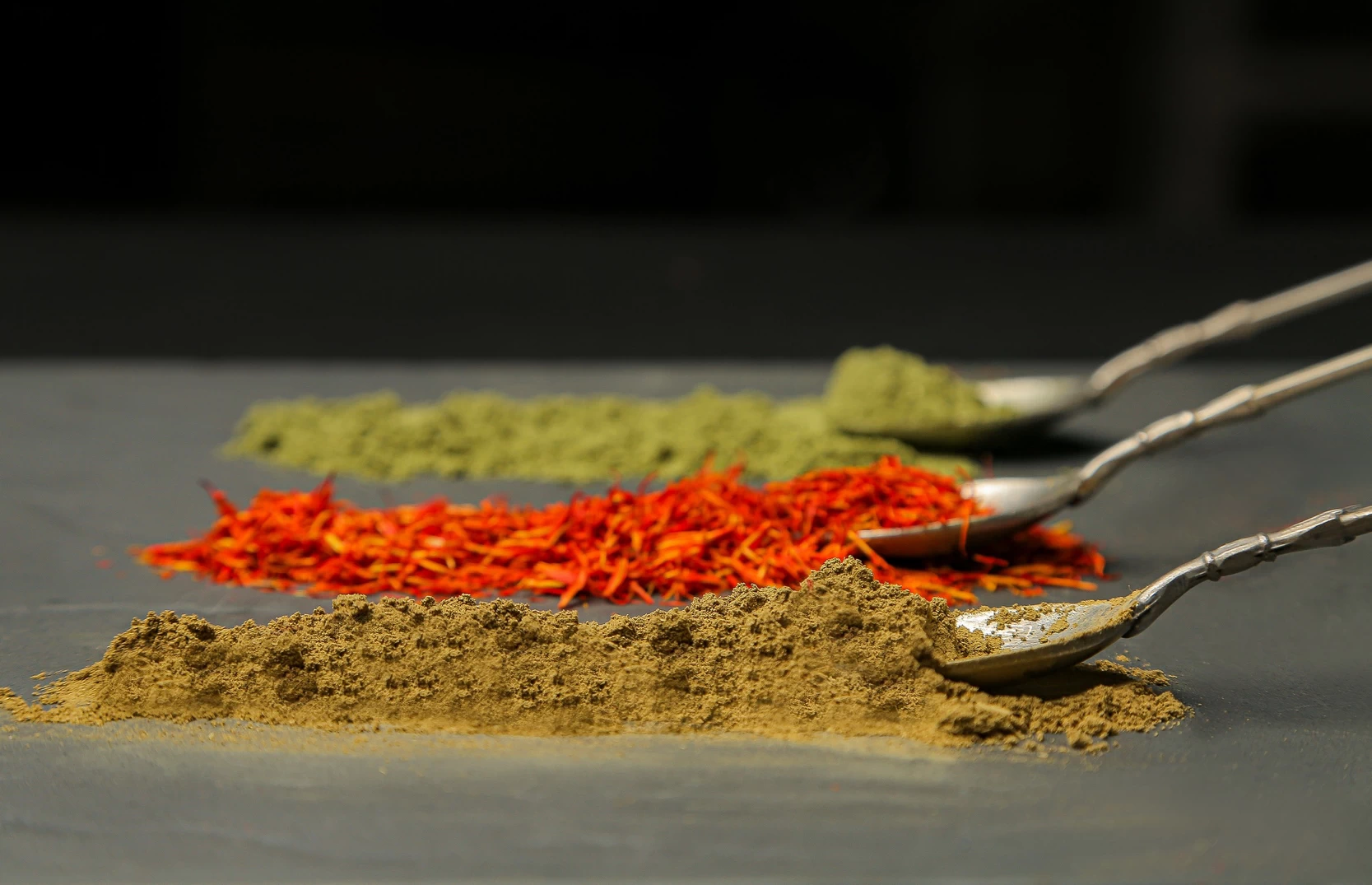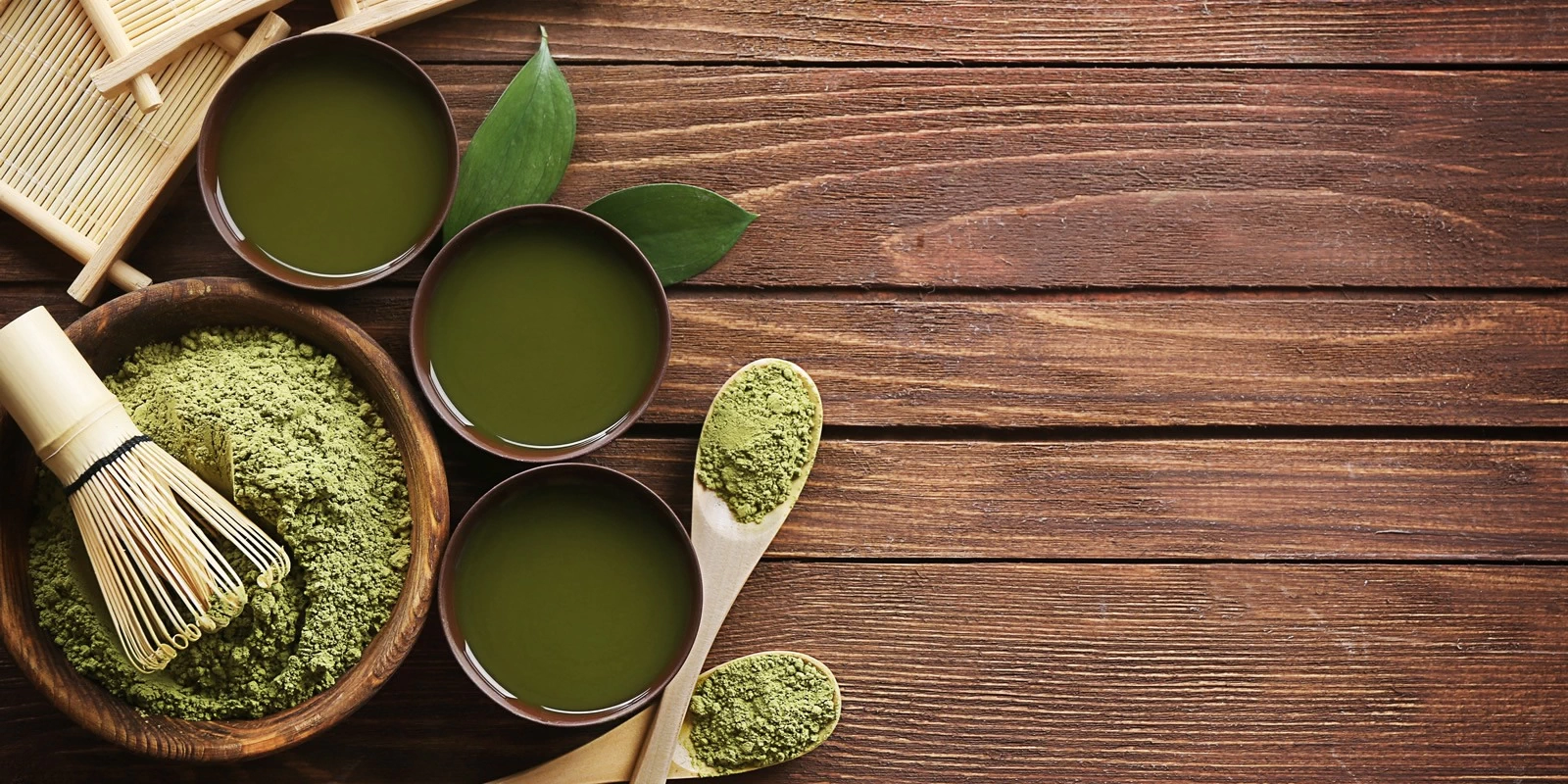NATURAL COLOR INGREDIENTS
For a tasty look, we offer a variety of natural colors.
From ancient times people have extracted different colors from different types of plants and used them in different industries. There are many natural plants from which you can extract and produce natural colors. These days, people are more concerned about their health around the world and as a result, the consumers’ demands for food made with natural ingredients are increasing. In the food production industry, the color of the finished product is an impressive factor for the final products of the manufacturers. Following the new wave of returning to natural sources, Paradise Plants Berlin contributes by offering a variety of natural colors to the food manufacturers to earn the trust of their customers.


PARADISE PLANTS BERLIN NATURAL COLOR INGREDIENTS
- Pomegranate Peel
- Madder root
HENNA
The grounded leaves of the Henna tree, also known as Lawsonia alba LAM, produce a russet or orange dye. In fact, it is a fragrant shrub with greenish-white flowers. From old times, henna has been used for dying hair, nails and horsetails. It has also been applied in ancient wall paintings and in fact still maintains its place as one of the most natural colors.
Henna was also used in medical treatments. In traditional medicine, especially in the Islamic period, uses of henna were mostly reported for external applications. Dioscorides was the first one who proposed the use of henna as a medicine. He postulated that the leaves of henna are good for mouth ulcers, and as a cataplasm, therefore, is a suitable cure for “other [cutaneous] hot inflammations and carbuncles,” and their decoction heals skin burns. For alleviating headaches, one can apply a mixture of powdered henna flowers and vinegar to the forehead.

